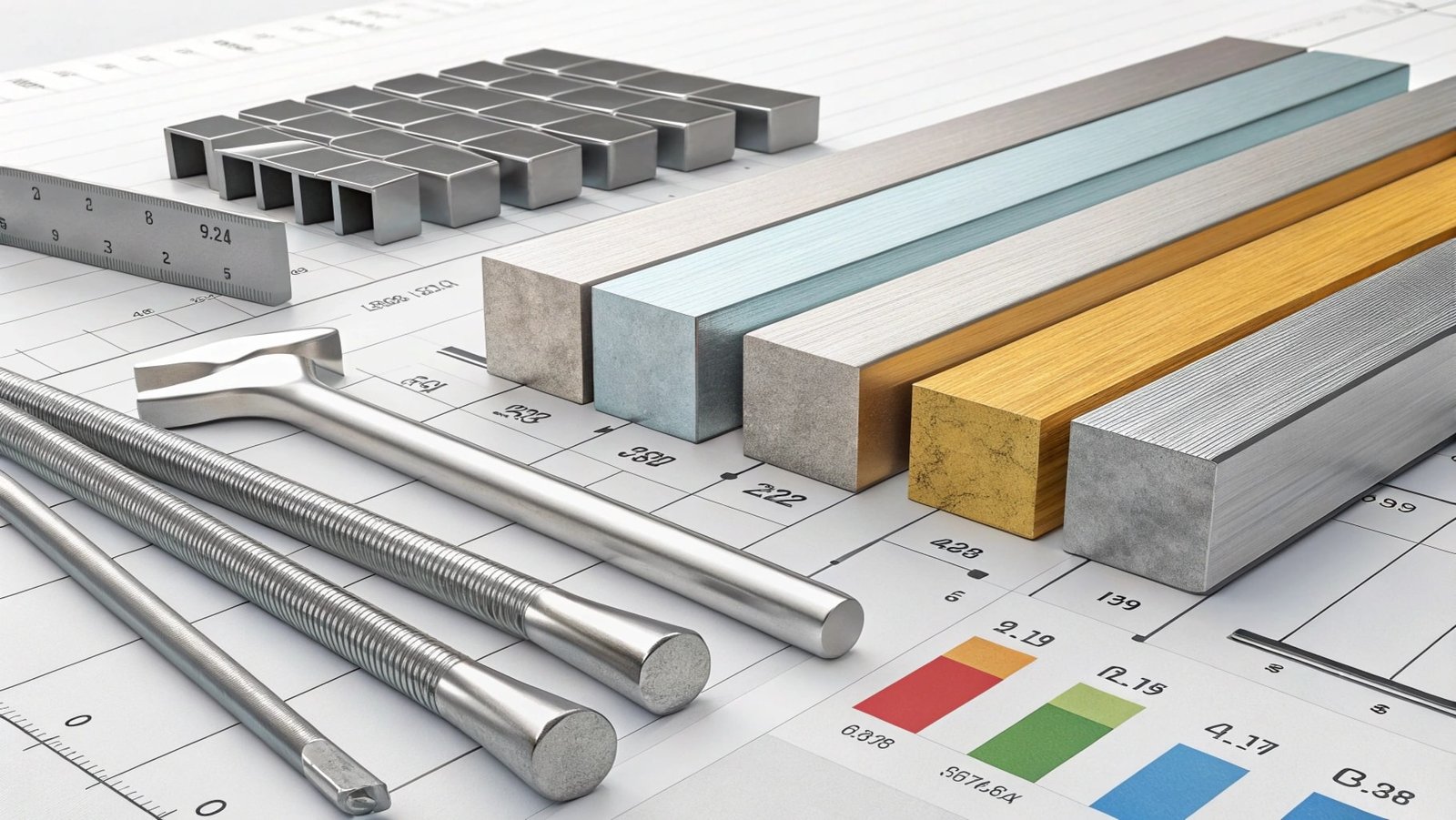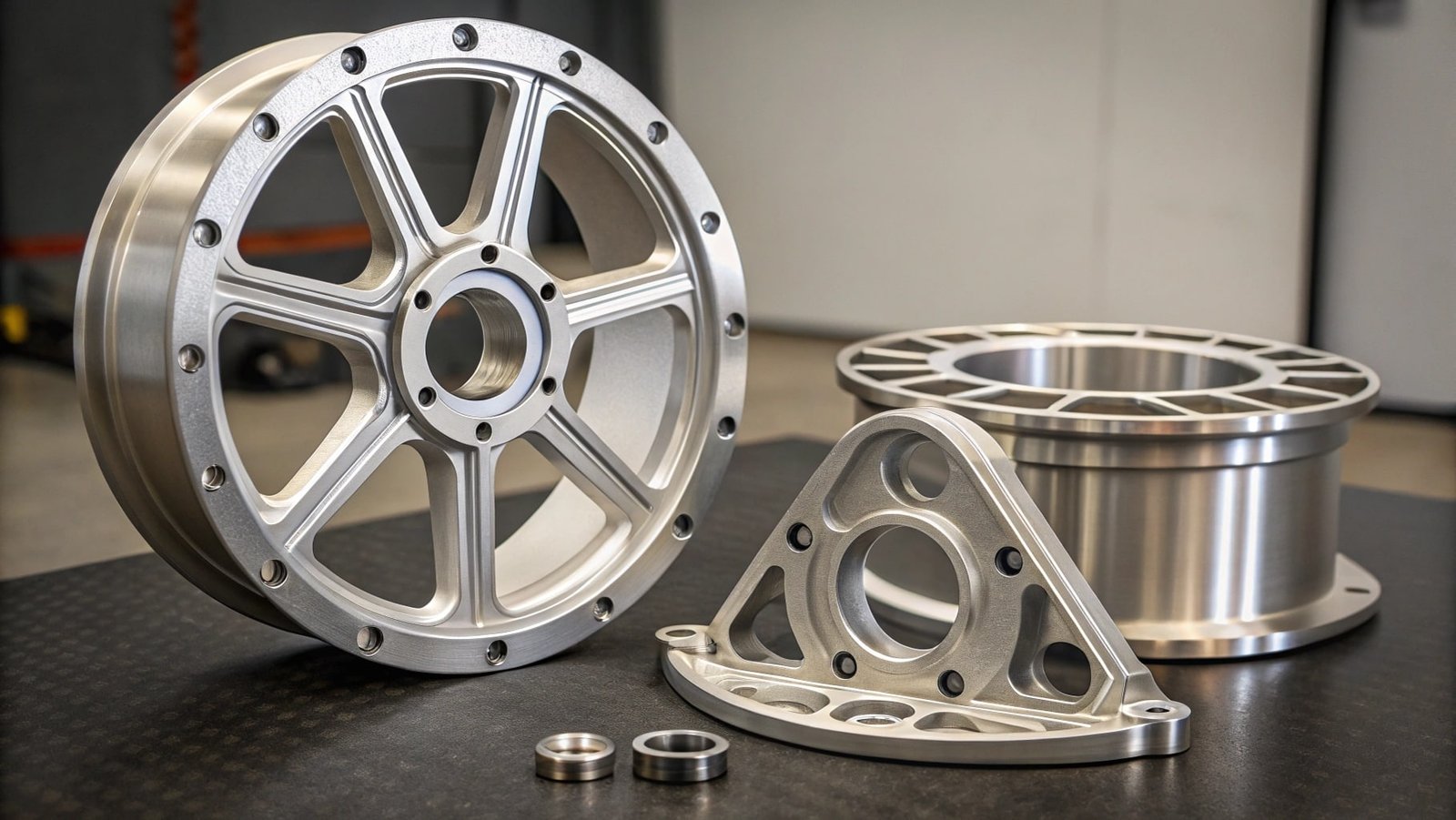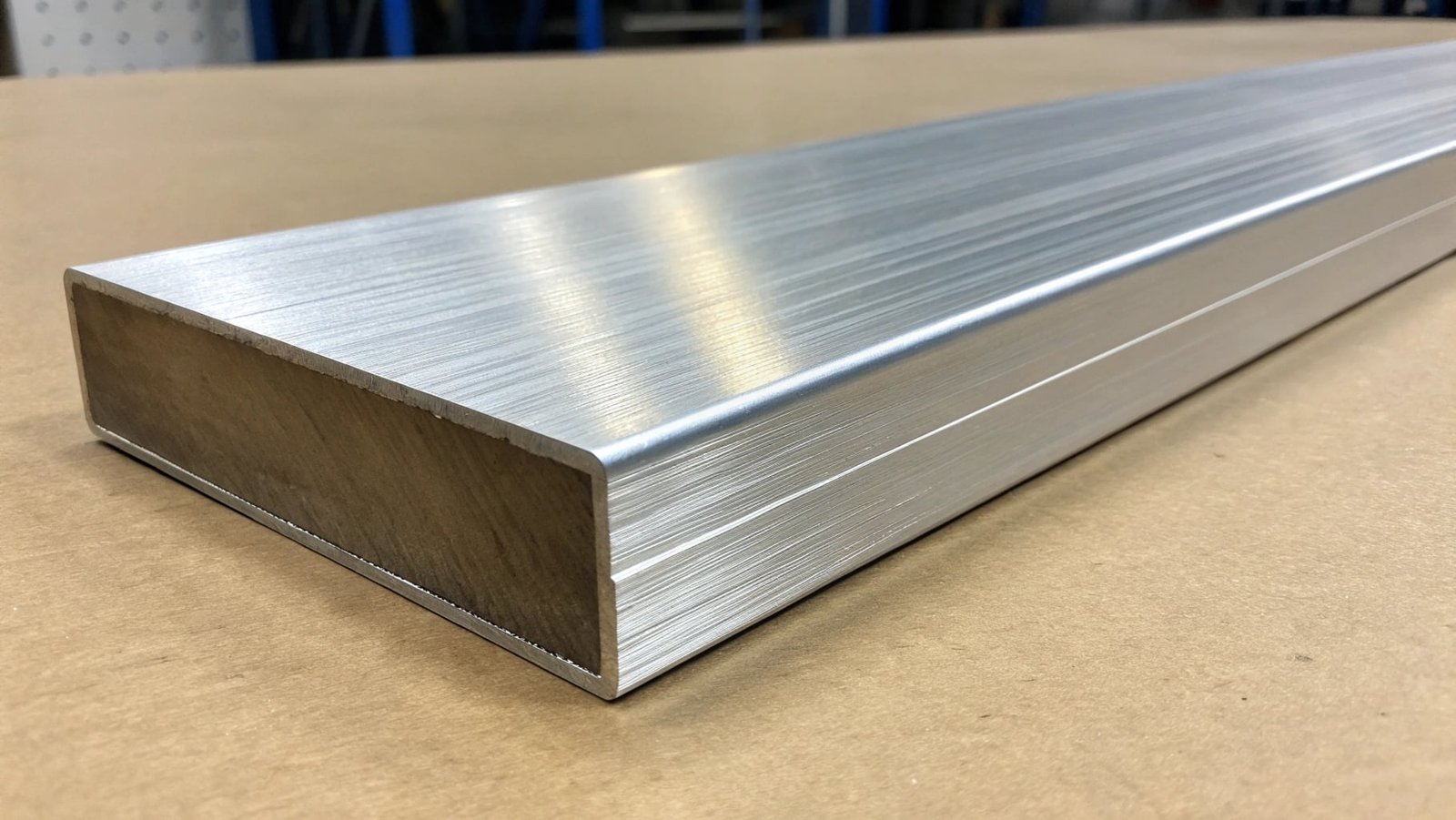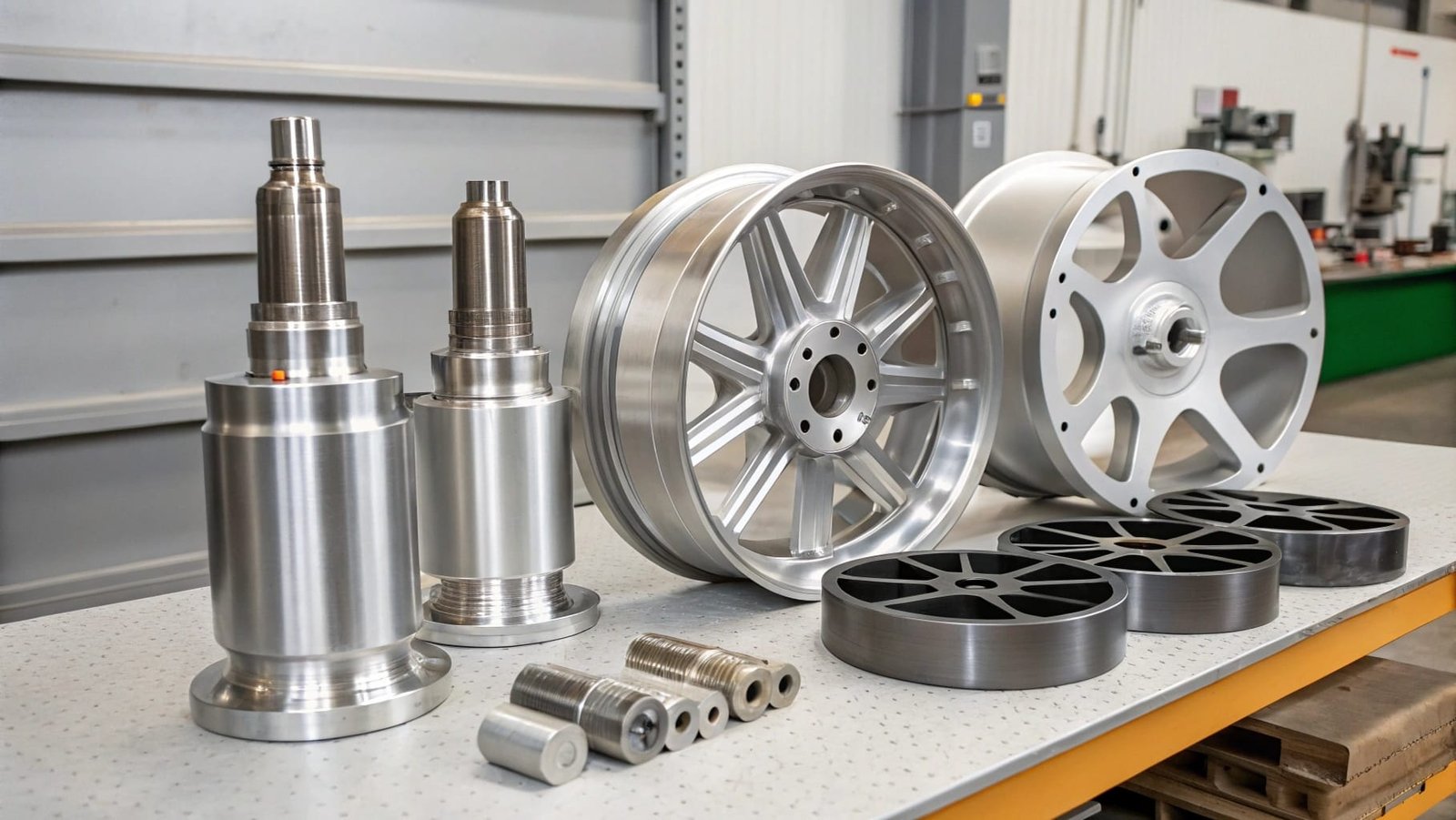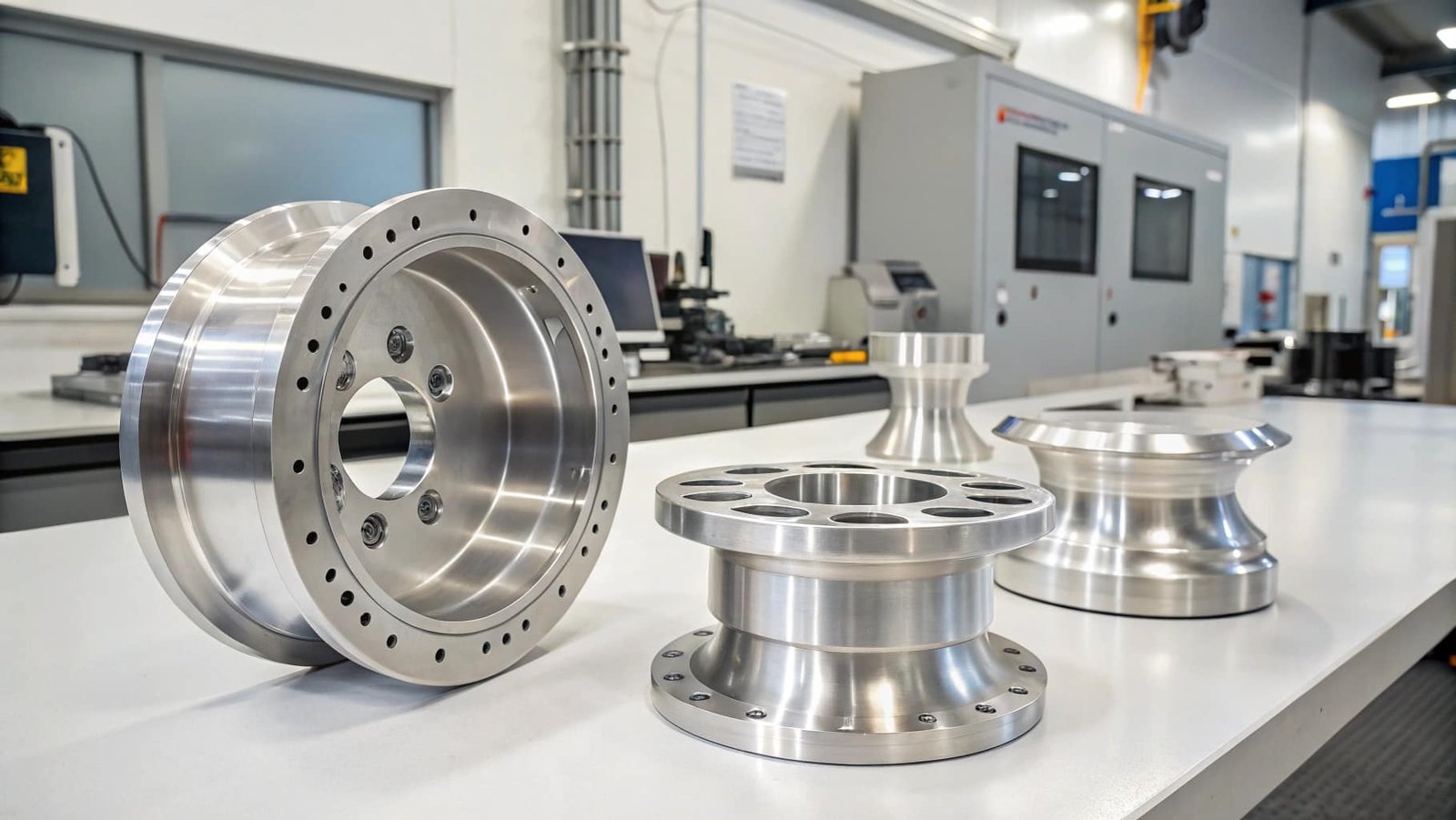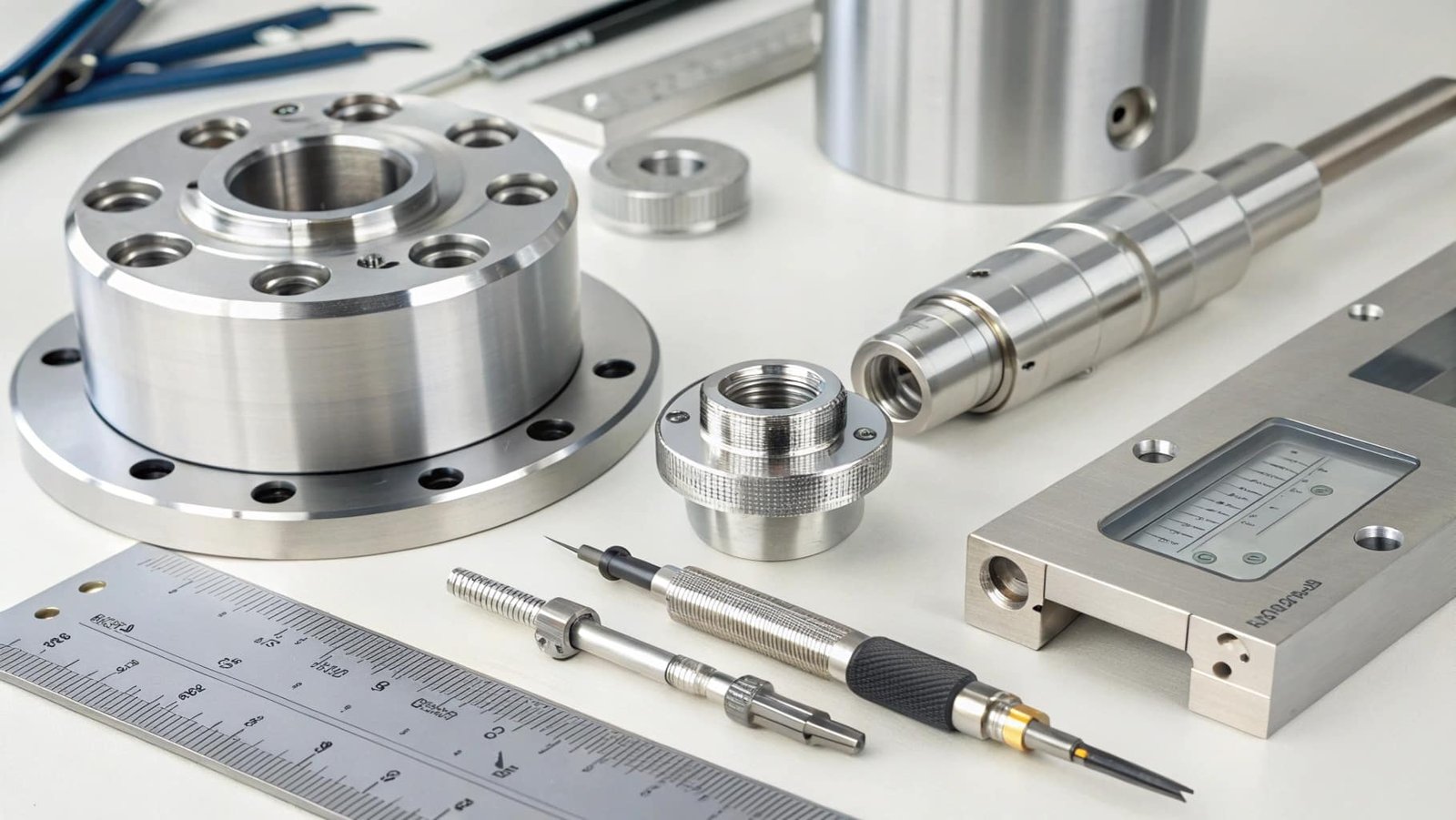Aluminum alloys are widely used across various industries due to their unique combination of lightweight properties and performance. Among their many characteristics, hardness is a key indicator of their wear resistance and ability to withstand indentation. Generally, the hardness of aluminum alloys correlates with their strength, but specific values can vary significantly depending on the alloy composition, heat treatment state, and degree of cold working.
Below is a list of the top 10 common aluminum alloy grades ranked by relative hardness (from highest to lowest), with brief descriptions. Please note that hardness values are typically expressed in Brinell Hardness (HB) or Vickers Hardness (HV) and will vary with specific temper designations (e.g., T6, T73). The values listed here are typical and for reference only.
1. 7068-T6/T651
Typical Brinell Hardness (HB): 190-210
Characteristics: Considered one of the highest strength and hardest commercial aluminum alloys available. It's part of the 7xxx series, containing high proportions of zinc and magnesium. 7068-T6 is typically used in applications requiring extreme strength and hardness, such as high-performance sporting goods, military components, and aerospace structural parts.
2. 7075-T6/T651
Typical Brinell Hardness (HB): 150-180
Characteristics: 7075 is one of the most well-known high-strength aluminum alloys, especially in the T6 heat-treated condition. It contains zinc, magnesium, and copper, offering excellent strength and hardness. Widely used in aerospace, bicycle components, molds, and defense applications.
3. 7050-T7451/T7651
Typical Brinell Hardness (HB): 140-160
Characteristics: 7050 is a high-strength, heat-treatable aluminum alloy specifically designed for aerospace applications, featuring excellent resistance to stress corrosion cracking and high fracture toughness. Its hardness is slightly lower than 7075-T6, but it offers superior performance in terms of corrosion fatigue resistance.
4. 2024-T3/T4
Typical Brinell Hardness (HB): 120-140
Characteristics: 2024 is one of the primary aluminum-copper alloys, known for its high strength and good fatigue resistance, making it particularly suitable for aircraft structural components. It exhibits high hardness in the T3 or T4 condition, though its corrosion resistance is relatively lower.
5. 2124-T851
Typical Brinell Hardness (HB): 120-140
Characteristics: 2124 is a modified version of the 2024 alloy, offering improved strength and fracture toughness through tighter impurity control and special processing. The T851 temper provides high hardness and strength.
6. 6061-T6/T651
Typical Brinell Hardness (HB): 95-105
Characteristics: 6061 is one of the most versatile and widely used aluminum alloys, containing magnesium and silicon. In the T6 heat-treated condition, it offers good strength, hardness, weldability, corrosion resistance, and machinability, suitable for structural frames, general machinery parts, and bicycle frames.
7. 6082-T6/T651
Typical Brinell Hardness (HB): 90-100
Characteristics: 6082 is a common European alloy, similar to 6061 but with slightly higher silicon content, generally offering higher strength and better weldability. In the T6 condition, its hardness is comparable to 6061-T6, widely used in trusses, bridges, and transportation vehicles requiring high-stress structures.
8. 5083-H116/H321
Typical Brinell Hardness (HB): 70-85
Characteristics: 5083 is a typical representative of the 5xxx series (aluminum-magnesium alloys), known for its excellent corrosion resistance (especially in marine environments) and high strength. Although it's a non-heat-treatable alloy, it can achieve considerable hardness through cold working (such as in H116, H321 tempers), suitable for shipbuilding, pressure vessels, and cryogenic applications.
9. 5052-H32/H34
Typical Brinell Hardness (HB): 60-70
Characteristics: 5052 is another popular 5xxx series alloy, offering good formability, corrosion resistance, and moderate strength. While its hardness is lower than heat-treatable alloys, it can be increased through cold working. Commonly used in sheet applications like electronic device enclosures, fuel tanks, and pressure vessels.
10. 1100-H14
Typical Brinell Hardness (HB): 30-45
Characteristics: 1100 is a typical pure aluminum alloy (99.0% or more aluminum). Despite having the lowest hardness, it boasts excellent corrosion resistance, formability, and weldability. It's typically used in chemical equipment, food packaging, and decorative applications where high hardness is not a primary requirement. Cold working (such as in the H14 temper) can slightly increase its hardness.
Important Notes:
- Hardness is one aspect among many material properties. When selecting an aluminum alloy, it's crucial to consider a comprehensive range of factors, including strength, toughness, corrosion resistance, weldability, machinability, cost, and the end-use environment.
- Different temper designations for the same alloy (e.g., 7075-T6 vs. 7075-T73) will significantly impact its hardness and other properties. T6 generally represents the highest strength and hardness, while T7x tempers might sacrifice a small amount of hardness for better resistance to stress corrosion cracking.
- This list focuses on common industrial aluminum alloy grades. There might be some specialized or emerging alloys with hardness values outside this range.


